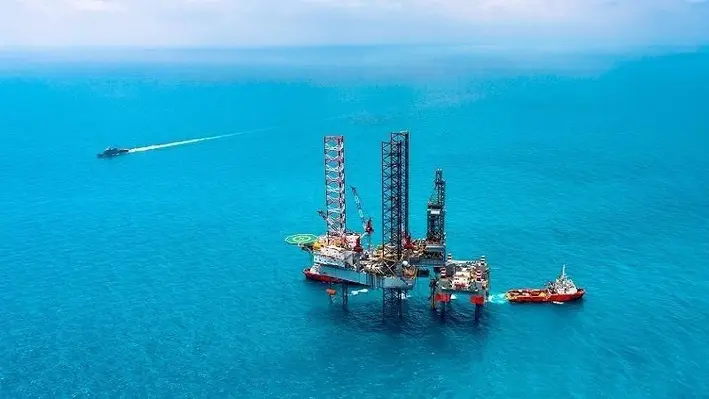

T7 Global Berhad, a leading solutions provider primarily in the energy industry with a strong presence in Asia, has announced that Hibiscus Oil & Gas Malaysia Limited, has awarded a work order to Tanjung Offshore Services, a wholly-owned subsidiary of T7, for integrated well services.
The work order, awarded under the Pan Malaysia Umbrella Contract, is effective from 3 August 2022 until 2 August 2024 on a call-out basis and includes integrated well services for intervention, workover and abandonment for PACs. Under the Pan Malaysia Umbrella Contract, Tanjung Offshore will be participating in upcoming jobs for integrated well services for well workover and well abandonment from petroleum arrangement contractors (PACs) in Malaysia.
T7 Global Group Chief Executive Officer, Tan Kay Zhuin, commented, “We are honoured and thankful for this award from Hibiscus. This award marks a milestone for Tanjung Offshore as this award include well workover and plug and abandonment services under the Pan Malaysia Umbrella Contract.
“Integrated well services, which covers both production wells and abandonment of old wells, will form part of our long-term energy solutions for offshore operators. Over the next few years, we aim to secure more similar jobs by providing innovative well solutions to other offshore operators in the region.”
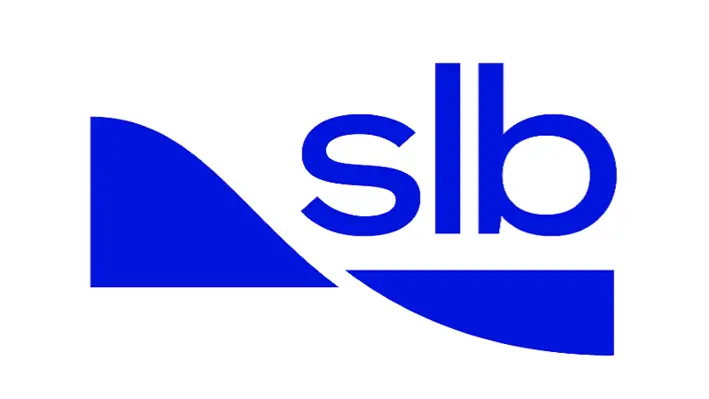

Schlumberger has officially changed its name to SLB in an effort to underline its vision for a decarbonised energy future and affirming its transformation to a global technology company focused on driving energy innovation for a balanced planet.
The legacy Schlumberger brand and nearly all of its affiliated brands will become one under the new SLB brand, which comes with a new logo and fresh identity.
Olivier Le Peuch, Chief Executive Officer, SLB, commented, “Today we face the world’s greatest balancing act – providing reliable, accessible and affordable energy to meet growing demand, while rapidly decarbonising for a sustainable future. This dual challenge requires a balance of energy affordability, energy security and sustainability. It requires a balance of innovation and decarbonisation in the oil and gas industry as well as clean energy solutions. It requires a balanced energy mix for a balanced planet.
“Our new identity symbolises SLB's commitment to moving farther and faster in facilitating the world's energy needs today and forging the road ahead for the energy transition. It’s a bold challenge. But the legacy of our people, technology and performance are unmatched, and we are ready to answer this challenge.”
The SLB brand builds on nearly a century of technology innovation and industrialisation expertise in the energy services industry. The company has spent the last three years laying the groundwork for its increasing focus on low – and zero –carbon energy technology solutions while continuing to drive innovation, decarbonisation and performance for the oil and gas industry.
This includes the launch of its New Energy business; its commitment to a net-zero target inclusive of total Scope 3 emissions from its technologies; the introduction of Transition Technologies to its portfolio; and the announcement of SLB End-to-end emissions Solutions.
With these foundations laid, SLB will now focus on delivering results-driven solutions for its customers across new energy systems, industrial decarbonisation, digital at scale and oil and gas innovation.
Katharina Beumelburg, Chief Strategy and Sustainability Officer, SLB, remarked, “Our new identity boldly symbolises our ambition to accelerate the energy transition with sustainability at the centre of everything we do. Our new brand and strategy are built for this moment in our history. A moment that demands the need for a balanced energy system for our planet and the need to achieve and go beyond net zero to address the climate challenge.
“Everything we have chosen, from the shape of the logo to our new, bright blue colour, symbolises the boldness of our ambitions and ingenuity of our team to make the new energy future a reality. ’For a balanced planet’ is more than just our new tagline. It’s central to our purpose and our culture. It takes the incredible history of this world-class company, enhances it and moves it forward toward a more sustainable and net zero future.”
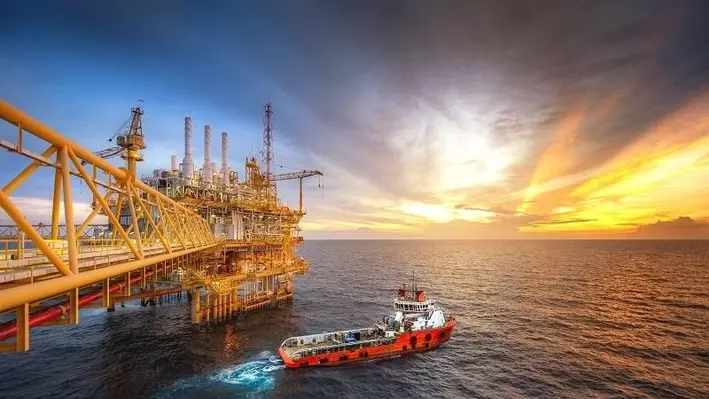

DOF Subsea has been awarded a three-year contract for two vessels with Esso Exploration & Production Guyana Limited to perform well intervention support; inspection, maintenance and support (IMR); and light subsea construction activities.
This will all be performed to support the growing subsea infrastructures in the Stabroek Block offshore Guyana.
Two Multipurpose Support Construction Vessels with 250-ton AHC crane and two work class ROV systems will be deployed in the country for three-year terms. There is also a possibility they will remain in the region for an additional two years after this time.
The first vessel will mobilise in late October while the second vessel is planned to commence in January 2023.
Mons S Aase, CEO, DOF Subsea commented, “I am extremely happy with this contract award from ExxonMobil Guyana, and entering the important and flourishing Guyanese market. The award further underlines DOF’s leading position in the IMR segment.”
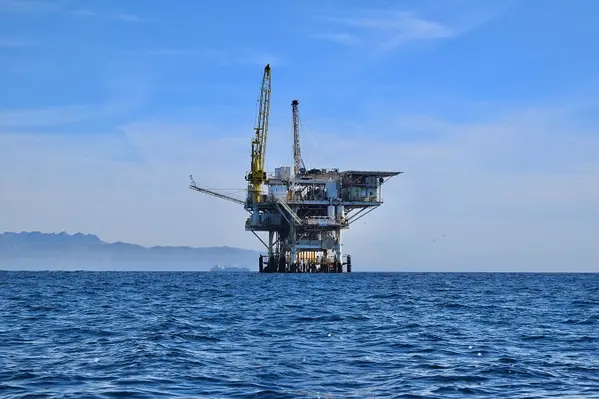
 20 winners have been selected over seven categories for the Net Zero Technology Centre (NZTC) UK£10mn funding competition.
20 winners have been selected over seven categories for the Net Zero Technology Centre (NZTC) UK£10mn funding competition.
The NZTC launched its Open Innovation Programme in March, 2022, aimed at developing tech in the hope of starting initiatives which will reduce offshore emissions, accelerate clean energy production and deliver on the UK’s net zero ambition.
Of the 154 applicants for the first UK£8mn trache, 20 have been selected, the majority of which reside in Scotland, for the second round which will be announced later in the year for the remaining funding.
The competition winners were selected over seven categories: carbon capture, utilisation and storage (CCUS), hydrogen and clean fuels, renewables and energy storage, zero emissions power, venting and flaring, integrity management and last life and decommissioning.
Highlighting some of the winners, Copsys has designed an ‘intelligent digital skin’ paint-based technology which can detect corrosion. Innovatium has designed a Liquid Air Battery which can store excess renewable power and high-density pressurised liquid air, which can further be converted into electrical power. Sulmara Subsea won with an uncrewed drone system which will significantly reduce the size of vessel needed for offshore survey. Enertechnos has created a specialised cable designed to electrify North Sea oil and gas installations, and Heriot-Watt Univeristy has designed a new tool to measure the probability of CO2 leaks from wells.
“There have been some really exciting technologies come through in the programme – each and every one of them has real potential. They went through a robust screening in the indutsy to see how viable they were – and if we could have we would have supported more,” said Head of Emissions at the NTZC, Rebecca Allison.
Each project has at least one industry sponsor and an NTZC project manager.
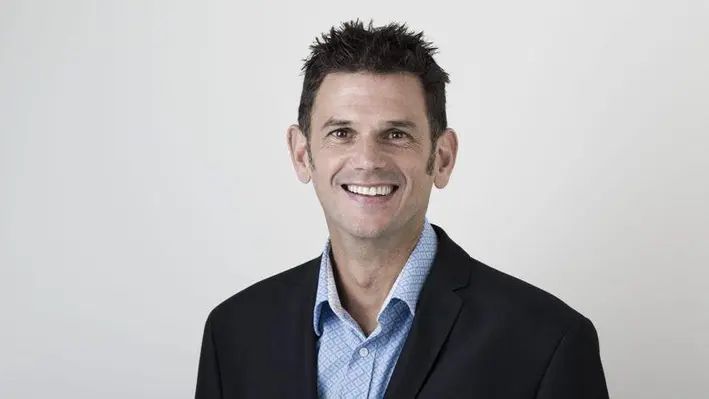
 James Christie, who is Regional Director for Ashtead Technology’s Asia Pacific region, and has been with the company for over three years, also assumes the role of Head of Mechanical Solutions as the company looks to cement its market position as a leader in IMR and decommissioning services for the global offshore energy sector.
James Christie, who is Regional Director for Ashtead Technology’s Asia Pacific region, and has been with the company for over three years, also assumes the role of Head of Mechanical Solutions as the company looks to cement its market position as a leader in IMR and decommissioning services for the global offshore energy sector.
Christie has over 22 years’ subsea industry experience following a career that has seen him accumulate extensive experience of both offshore and shore-based ROV and life of field operations. In his expanded role, Christie will continue to be based in Singapore and will work with Ashtead Technology’s regional teams to grow the company’s capabilities and drive forward the international expansion of its mechanical solutions service line which specialises in subsea cutting, dredging, coating removal technologies and ROV tooling and associated services, all built through the acquisitions of Forum Subsea Rentals, Underwater Cutting Solutions, Aqua-Tech, and most recently, WeSubsea.
Allan Pirie, Ashtead Technology’s CEO, said, “James has been instrumental in supporting the international growth of the business during his time with us so far and based on his background and expertise in the subsea IMR and decommissioning sectors he was a natural choice to take on this growth-focused role.
“This appointment comes at a time where there is tremendous scope to grow our mechanical solutions business internationally and through ongoing investment in our equipment, people and infrastructure, we look forward to capitalising on these opportunities globally.”
Christie said, “I am thrilled to take on this leadership role at such an exciting and pivotal stage in Ashtead Technology’s growth journey and work with my mechanical solutions colleagues across our international locations to continue to deliver best-in-class technologies and services to support our customers’ offshore energy projects.”
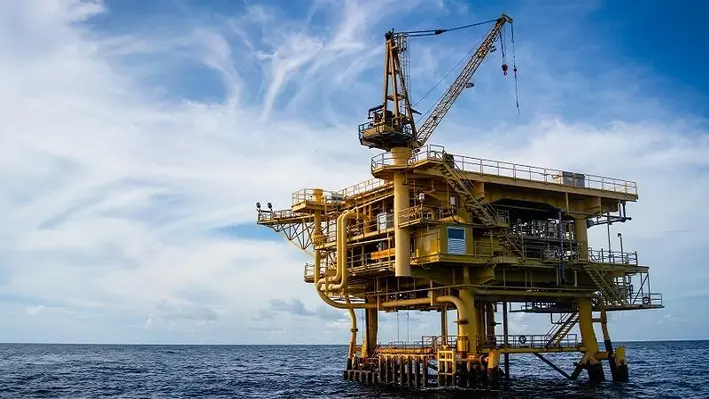
 The North Sea Transition Authority (NSTA), in its latest Wells Insight Report, has recommended a series of measures to bolster oil and gas production in the North Sea.
The North Sea Transition Authority (NSTA), in its latest Wells Insight Report, has recommended a series of measures to bolster oil and gas production in the North Sea.
The report found that drilling activity had remained low in 2021 due to the impact of Covid-19 with drilling operations falling from 141 wells in 2019 to 66 in 2020. It added that, as a result of this production totalled 480 million barrels in 2021 which was down from 600 million in 2019.
The NSTA report suggested that drilling will most likely pick up in the medium term, spurred by the 33rd offshore oil and gas licensing round (the first since 2019).
However, a pivotal component of bringing production rates back up is the implementation of more well interventions – a policy which the NSTA wishes to see more of. It noted that due to a reduction in well maintenance in 2021, the performance of the existing wellstock has further declined, with 34% of total active wells on the UKCS now shut-in or plugged.
Many types of intervention cost just UK£5-10 per barrel, which should make it an attractive option for industry, particularly when oil and gas prices are high.
Disappointingly, the NSTA added, intervention work was carried out on just 15% of wells in 2021, down from 17% in 2020, resulting in the addition of only 36.2 million barrels of production, well below the average of 50 million added in previous years.
Some operators are facing logistical constraints on their platforms and/or with supply chain availability. In addition, subsea well intervention remains stubbornly low, as fewer than 10% of subsea wells are being surveyed and/or receiving maintenance work each year.
To sustain domestic production and bolster the UK’s energy security, the NSTA is actively working with operators on ways to accelerate exploration and development plans and perform more maintenance and intervention work on the existing well stock.

 Dana Petroleum has selected leading service provider, Petrofac, to provide well management services for all of its UK North Sea operated assets.
Dana Petroleum has selected leading service provider, Petrofac, to provide well management services for all of its UK North Sea operated assets.
The two-year contract, which will include providing services to both the Triton FPSO (Floating Production Storage and Offloading) and the Western Isles FPSO vessels, continues on the back of an existing five-year relationship between the two companies. Petrofac previously provided outsourced well engineering services to Dana’s 11 operated and 18 non-operated Licenses in the UK North Sea.
The contract includes full life cycle well engineering, from initial concept through detailed design and planning, supporting well construction, intervention, and decommissioning activities. The contract is valued at approximately US$60mn.
“I’m proud of the value we have been delivering to Dana for the last five years, but there is no better validation of our delivery than our customers decision to retain our services. We look forward to supporting their delivery of value for their shareholders through continued safe, reliable and efficient operations,” said Nick Shorten, Chief Operating Officer, Petrofac’s Asset Solutions.
Chief Operating Officer at Dana Petroleum, Andy Duncanson, said, “We are really pleased to award this new contract to Petrofac. Dana is committed to doing all we can to support the supply chain and nurture the specialist skills that are so important for both our business and the wider sector.”
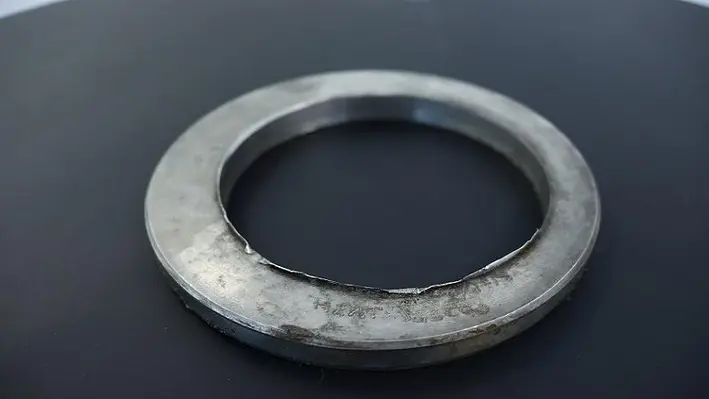

When conventional recovery methods failed to retrieve a flow target left downhole, a North Sea oil and gas operator approached Oilenco to create a bespoke solution to clear the restriction and allow abandonment operations to continue.
The initial project investigation identified several potential challenges:
• Unknown orientation of the flow target
• The flow target had the ability to rotate
• The hanger type needed to be identified
• Recovery was ruled out due to tight tolerances between the seal bores and OD of the flow target.
The concept
Oilenco began a collaboration project with Welltec to create a solution that reduced the restriction caused by the flow target, maximising access to the wellbore, allowing the operator to use industry standard plugging and cutter options.
The proposal was to use a unique ‘offset or eccentric’ milling solution to drill a large hole through the flow target using Welltec milling technology.
A conventional concentric milling approach would have caused the flow target to rotate, however by creating an offset within the milling guide sleeve, the flow target would be prevented from rotating.
The result
Following successful onshore trials and approval by the client, the operation was completed. Using the Oilenco depth indicator tool, a bespoke design for the asset, the client was able to correlate the depth, determine the position of the flow target, and verify the hanger type from one run of the tool.
An offset milling sleeve was then run to stabilise the flow target and protect the seal bores throughout the operation using the results from the depth indicator tool.
Once milling was complete, a flow target conduit protection sleeve was run, allowing the operator safe access through the milled flow target for well entry and exit.
Client support
Following numerous unsuccessful fishing attempts, the client was looking for an optimised solution to solve their novel issue in the most efficient and effective way.
In collaboration with Welltec and the client P&A team, Oilenco supported the project from design, through to manufacture, providing workshop and offshore support to asset personnel helping to ensure a successful operation.
The client provided feedback stating, “The flow target was not wedged in place within the tubing hanger and could move around, so it was a great achievement in milling it and gaining access allowing a successful P&A of the well.
“Our confidence in this solution allowed us to call off the preparation of a costly coil tubing contingency. This operation is seen as a huge success.”
This article was authored by Oilenco. For more information, visit the Oilenco and Welltec websites.
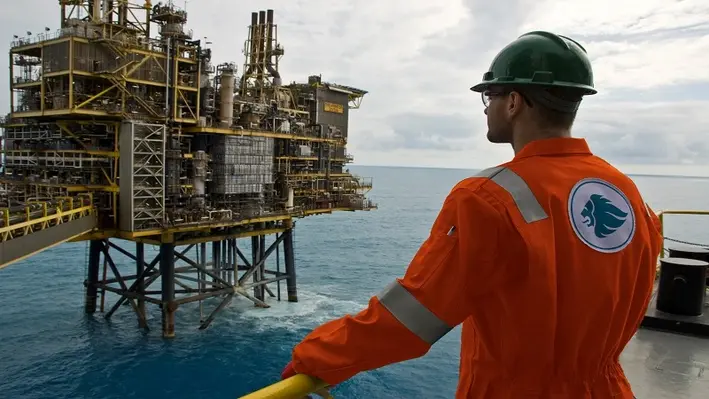
 Leading energy services provider, Expro, has successfully completed the plug and abandonment of Ireland’s first indigenous gas wells.
Leading energy services provider, Expro, has successfully completed the plug and abandonment of Ireland’s first indigenous gas wells.
Expro provided the delivery of integrated subsea and well test services over an eight-month period to intervene, plug and abandon subsea wells from a mobile offshore drilling unit located in the Celtic Sea.
The intervention scope utilised Expro’s ELSA (Expro Landing String Assemblies) system, supported by a complete backup system and direct hydraulic topside and subsea controls package.
Achieving more than 3,000 successful operations globally, ELSA is Expro’s industry-leading subsea well access technology, providing clients with a safe and environmentally secure operating system for commissioning and decommissioning subsea wells.
Expro’s Vice President of Subsea Well Access, Graham Cheyne, said, “With ten wells successfully intervened and abandoned one after another in a short timeframe, the reliability of the system was proven with 100% operational uptime and zero NPT, improving the efficiency of Expro and our client’s subsea operations over the extended operational period.
“This project not only enhances our already established subsea well access experience and track record, but it also demonstrates our strong position to deliver value and extraordinary performance in the integrated decommissioning and plug and abandonment market.”
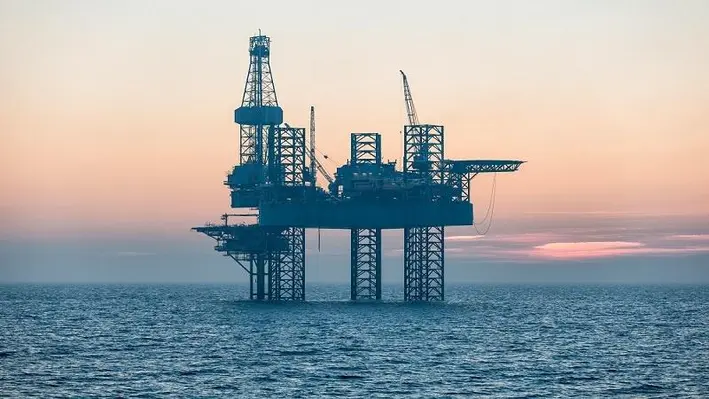
 The decommissioning of the Northern Endeavour facility has reached a significant milestone as contractor Petrofac Facilities Management Limited (Petrofac) has begun Phase One of the decommissioning process.
The decommissioning of the Northern Endeavour facility has reached a significant milestone as contractor Petrofac Facilities Management Limited (Petrofac) has begun Phase One of the decommissioning process.
The process will see the Northern Endeavour disconnected from subsea equipment and the suspension of the oil wells.
The facility is moored in the Commonwealth waters in the Timor Sea, between the Laminaria and Corallina oil fields. It stopped oil production in 2019, after being shut down by National Offshore Petroleum Safety and Environmental Management Authority (NOPSEMA) for immediate breeches in health and safety.
“The Australian Government remains committed to the successful decommissioning of the Northern Endeavour, the removal of infrastructure and the remediation of the Laminaria and Corallina oil fields,” said Madeleine King, Minister of Resources and Northern Australia.
“Petrofac taking operational control is a significant step in the decommissioning process.”
The US$355mn contract was drawn up with Petrofac in March 2022 to deliver the first phase of the decommissioning project.


C-Innovation (C-I) and Grand Isle Shipyard, LLC (GIS), two strategic oil and gas industry partners, have been awarded a plug and abandonment contract by Helix Alliance Decom, LLC, to provide pre-feed services for the decommissioning of three offshore platforms for a major deepwater client.
In Phase I of the project, C-I provided ROV services to deliver marine water inspection and integrated the data within MODS software to provide live operations for the client operating fixed leg platforms in 165-200 ft of water. The GIS Aerobotics Drone Division provided aerial inspection services. The joint technical innovations aim to determine the current condition of the wells and the facility, enabling the timely and cost-effective decommissioning of the wells, platform and jacket for each of the three platforms.
The partnership harnessed its technology to offer increased safety margins. All of the inspections were able to be completed via line wireless transmission from the back of the boat within a connex box without requiring the deployment of personnel on ropes.
Michael MacMillan, Operations Manager, C-I, stated, “The equipment used took very little time to mobilise and provided subsea operations in a safe and efficient manner while using a limited number of personnel. The ability to launch this type of ROV from almost any asset not only allows operations to be efficient but also mitigates safety risks while practically eliminating the traditional risks associated with the launch and recovery of an ROV.”
DaCoda Bartels, GIS Aerobotics Division Manager and Pilot, said, “The GIS drone can safely operate from up to 100 ft away from the asset as we have the camera stabilisation technology to zoom in on an area of interest. Most of these areas are not accessible by human personnel. We are able to live stream the drone's camera view in real time to make informed decisions on the spot. It’s a super fast and super safe alternative, where the only potential risk is to the equipment rather than the personnel.”
MacMillan added, “Our partnership with GIS enables C-I to continue to demonstrate our flexibility to provide resources and equipment in a non-traditional scenario. The availability of equipment and personnel for these types of scopes is more important now than ever, due to the demands of today’s market.”
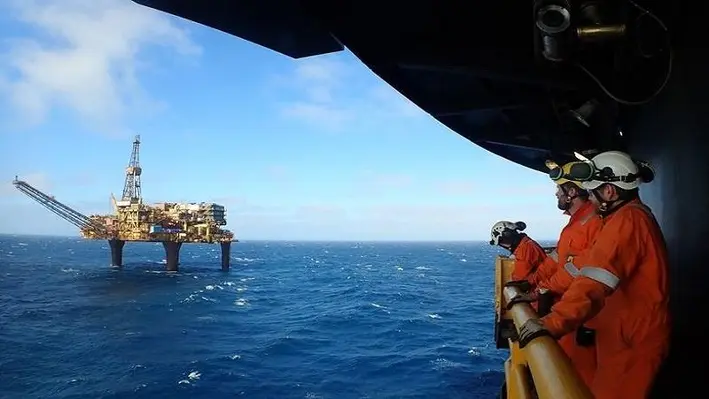

AF Gruppen, a leading contracting and industrial group, has been awarded a contract from TotalEnergies EP Nederland B.V. for the removal and recycling platforms in the Dutch sector of the North Sea.
The contract includes engineering, preparatory works, removal, transportation, recycling and disposal (EPRD) of 10 platforms with a combined weight of 17,000 tons.
AF Gruppen has developed the technology to be able to treat and recycle up to 80% of materials that otherwise would have been sent to a disposal site, pioneering itself as an industry leader in environmental solutions.
The project will start immediately after contract signing and is planned to be completed by the end of 2025. The platforms will be transported to the AF Environment Base Vats for recycling.
Page 71 of 111